Before you buy a container house, you should know what to look for. While pictures are very helpful, you should see the container in person. Pictures aren't always as clear as they should be, and some shady dealers can crop out areas of concern. If you're purchasing a used container, make sure to see the entire structure, including the corners and joints. You should also be able to see under and above the container.
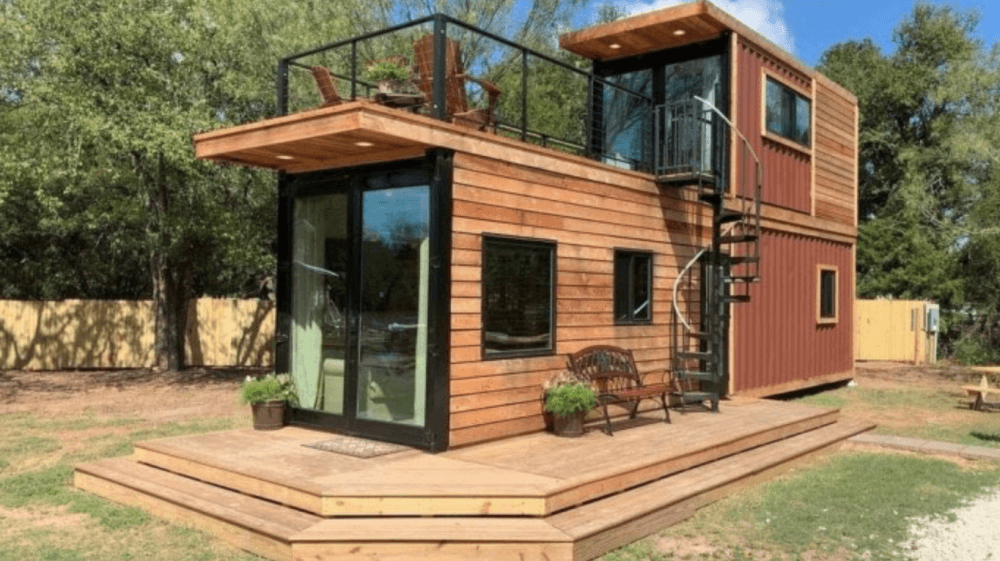
Mistakes to avoid
Shipping containers have a lot to offer, including durability, affordability, and convenience. When built properly, a container home can be an excellent apartment. However, a few mistakes can prevent you from building the apartment of your dreams. For starters, you must ensure that the foundation of your container house is strong. If you use a weak foundation, your container house may be subject to legal action.
Another mistake to avoid when renting a container house is not properly insulating your home. Because steel is an excellent conductor of heat, it's important to properly insulate a container, especially in hot or cold climates. Without proper insulation, your container home could become freezing in winter and hot in summer. It may also be susceptible to condensation and dampness.
Insulation is an important part of the structure, and the best material to use is spray foam. However, it may not be appropriate for all climates. Other options include recycled newspaper, blanket insulation, and insulation panels. Make sure to talk with a local contractor about the best type of insulation to use, as the wrong choice could make your container home uninhabitable.
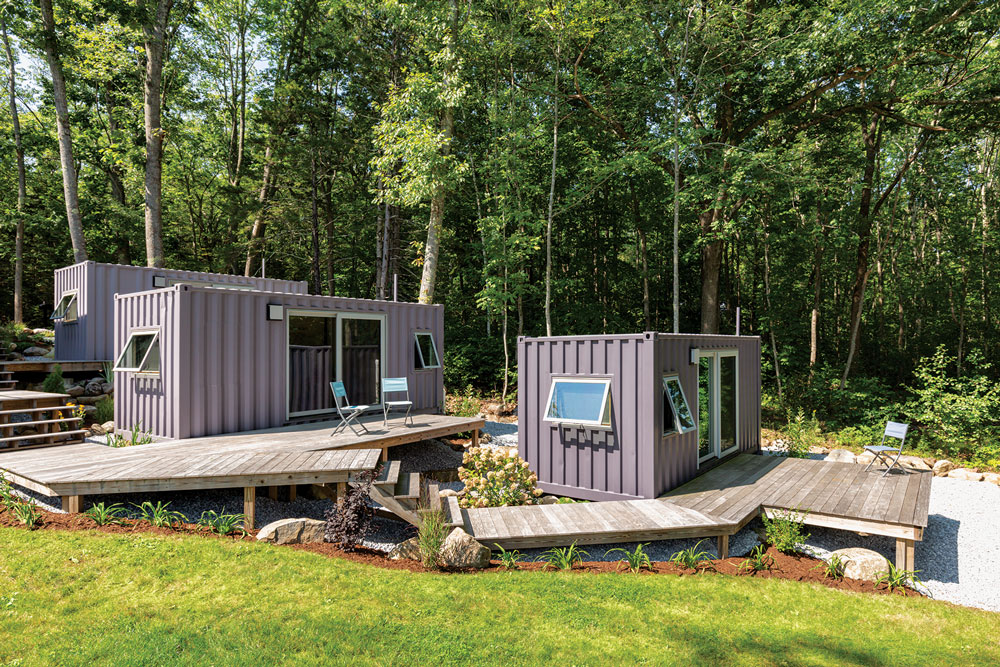
In addition to ensuring that you choose the right materials for your container house, you must also make sure that you know the zoning code and regulations for your area. Your local zoning office can provide you with the information you need. In addition, you should avoid purchasing used containers that are not in good condition. Even though used containers are often cheaper, they require special care. Rust and decomposition can affect the structural integrity of the container. You must be prepared to make repairs and replacements if necessary.
Another mistake people make when renting a container house is not taking the time to measure the size of the container they will need. Many people make this mistake and choose a small unit instead of a larger one. This can help them save money on monthly rent, but it may also increase the risk of damaged items. Also, you might end up paying for storage that you don't need. Make sure you measure your bulkiest items before choosing a container size.
Costs
Depending on the design and features of your container home, the costs of a container house can be similar to that of a regular house. You will have to account for fees associated with local inspections and building codes. There are also expenses associated with maintenance. A larger container home will require more maintenance, while a smaller one will require less.
The average price of a container home in Canada is $220 per square foot. However, the price doesn't include land and foundation. A simple one will be built within two weeks, while a more complex one can take as long as two months to complete. Although a container home is more affordable than a stick-built house, it's not cheap.
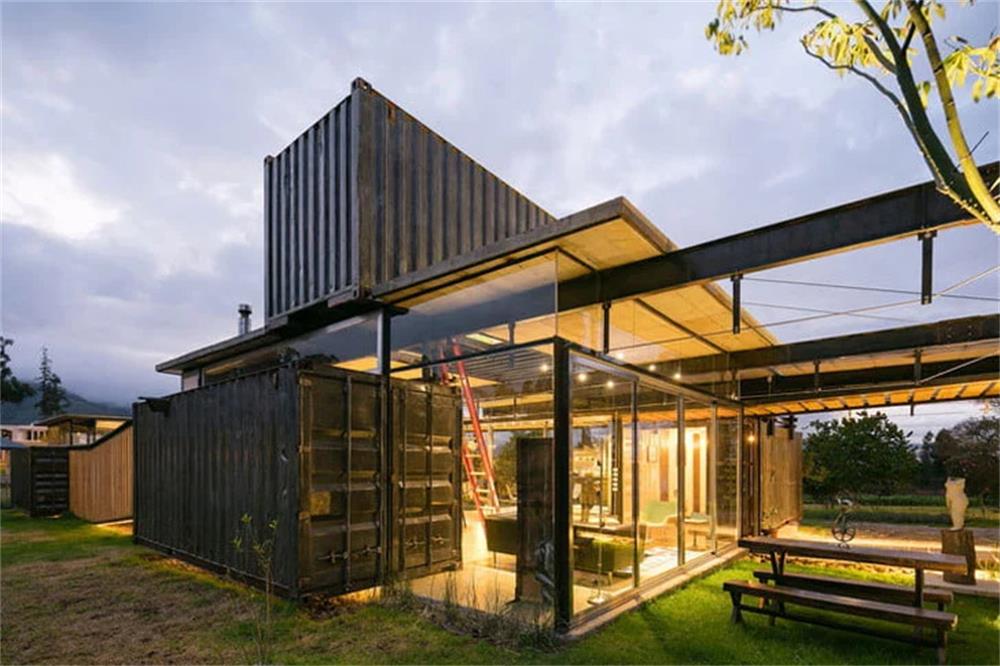
The costs of a container home will depend on the size of the container, the size of the foundation, and the quality of the container. A new container can cost as much as $8000, while a used one can cost as little as $2,000 or less. Prices for a 40-foot container vary widely, but in general, you can expect to save 15 to 50% over the construction costs of a traditional stick-built home. Prices will also vary depending on the quality of the container and customizations.
A pre-made container house can be built for as little as $30,000. Pre-made ones can even have rooftop terraces. There are many models and designs available. Many people choose to build a container home for a variety of reasons. Some want to create a unique space that reflects their personality, while others are looking for affordable housing.
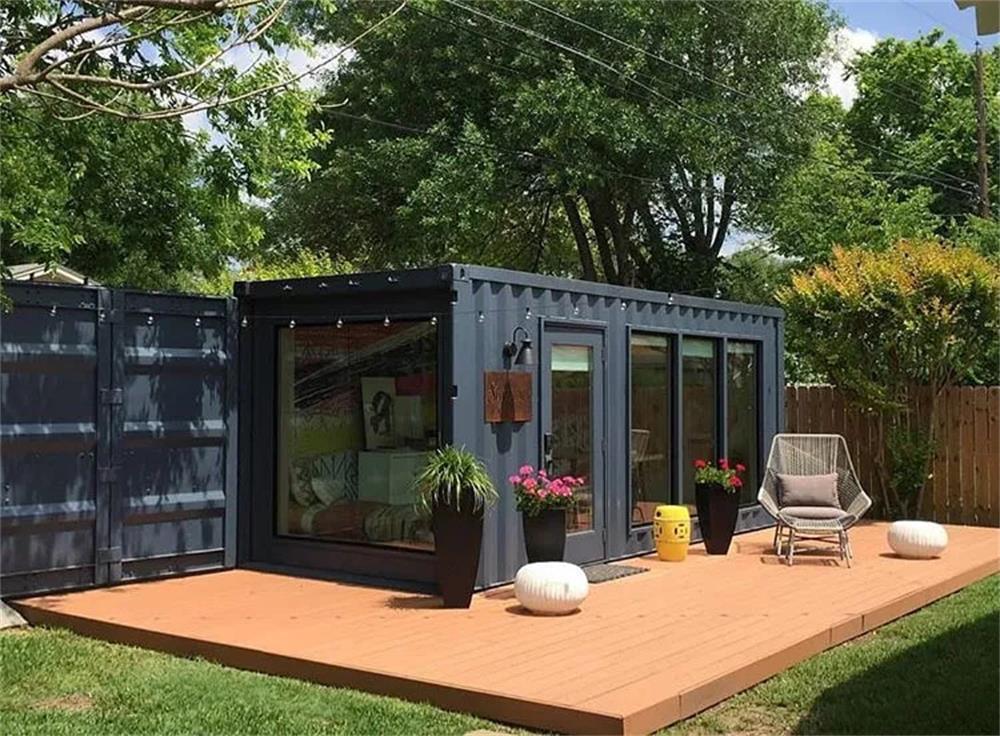
The prices of a shipping container home vary, with smaller homes costing as low as $10,000 to $35,000 and larger ones costing as much as $175,000. However, the price of a shipping container home will vary depending on its size, foundation, and interior features. Compared to the prices of a traditional home, a shipping container home can be a great investment.
Ultimately, shipping container homes are affordable, environmentally friendly, and livable alternative to traditional housing. You may need to put a bit of effort into finding the best model for your needs, but the results are well worth the effort.
Insulation
Incorrect insulation can lead to hot and cold interiors of a container house. Proper insulation for a container home should be based on the climate where you will use the house. Vapour barriers and spray foam can help keep interiors cool during hot weather.
It is important to understand the different types of insulation available for a shipping container. Your choice will depend on how you will build out the walls. For example, if your container home is a multi-container home, you may not need extra space inside the walls. However, if your container home is a tiny one, you may have to add insulation inside the walls. If so, you should cover the insulation with interior plaster or exterior cladding.
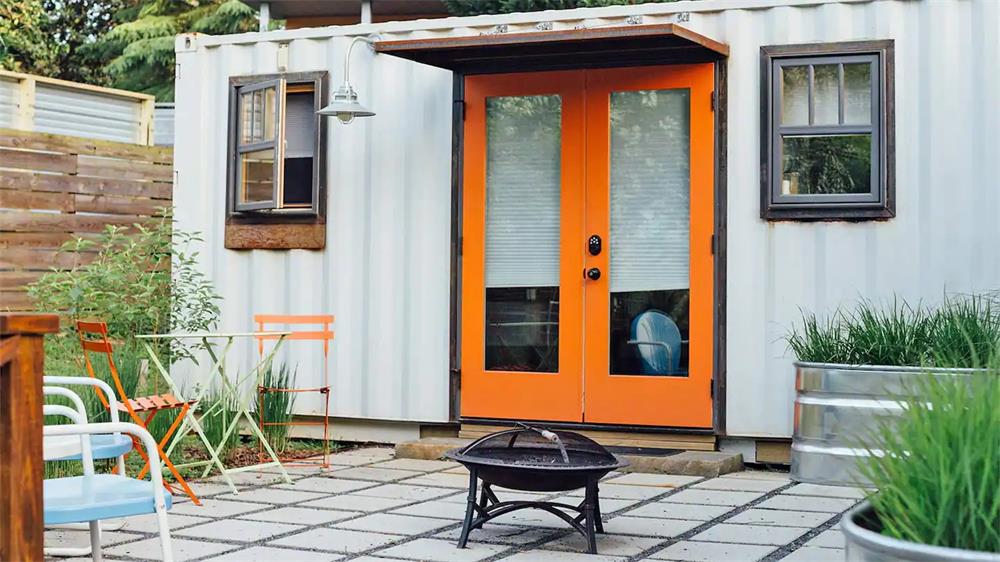
Insulation can be a difficult step in shipping container house construction. Many container houses use metal walls, which are sensitive to cold, and must be properly insulated in cold climates. For this reason, insulation is a crucial part of the process. Many shipping container homes also build a substructure within the container to hold the insulation and other utilities.
Incorrect insulation can lead to a variety of problems. For example, the wrong material can lead to a higher cost. Insufficient insulation can make your shipping container home uncomfortable in cold weather or freezing in the winter. It is important to understand the challenges and benefits of shipping container insulation and what is required to address them.
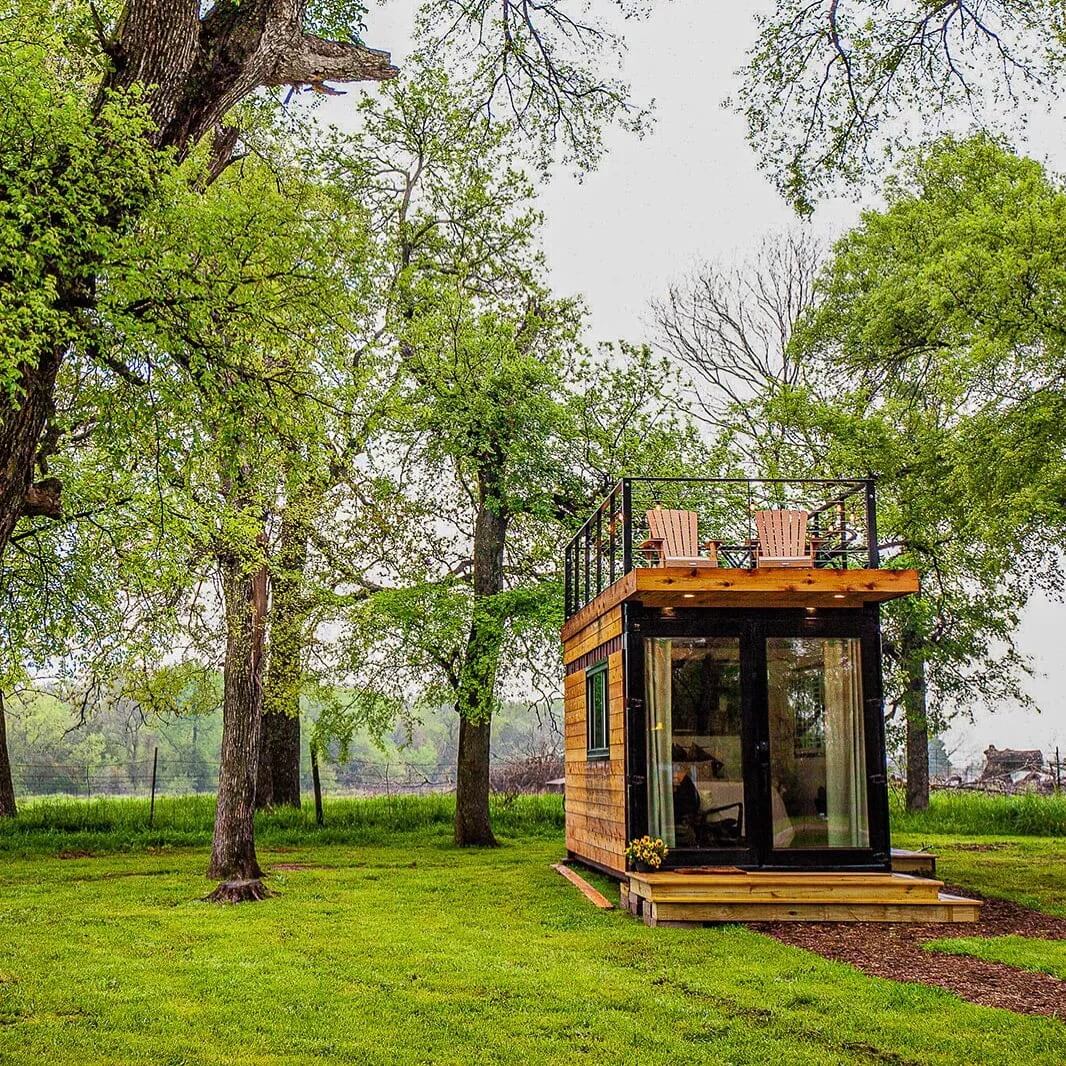
Shipping container homes are built with shallow walls that need air barriers to prevent condensation. This means that you need to choose the right type of insulation to avoid heating and cooling costs. This is not an easy decision because each type of insulation has its pros and cons. You may have to make several decisions to choose the right material for your shipping container house.
Foundation
There are a variety of factors to consider when building a foundation for a container house. Some of these factors are related to the type of soil on which the building will rest. In order to find out which type of soil you have, check the United States Department of Agriculture Web Soil Survey to determine the appropriate bearing capacity for the site. You can also check the International Residential Code and ICC Building Codes for information about the bearing capacity of various soil types.
Another factor to consider is soil expansion. Expansive soils can cause issues with foundations, mainly due to the fact that they are susceptible to frost heave, which is a major problem in winter. In these cases, the container should be elevated above the soil to prevent damage to the foundation.
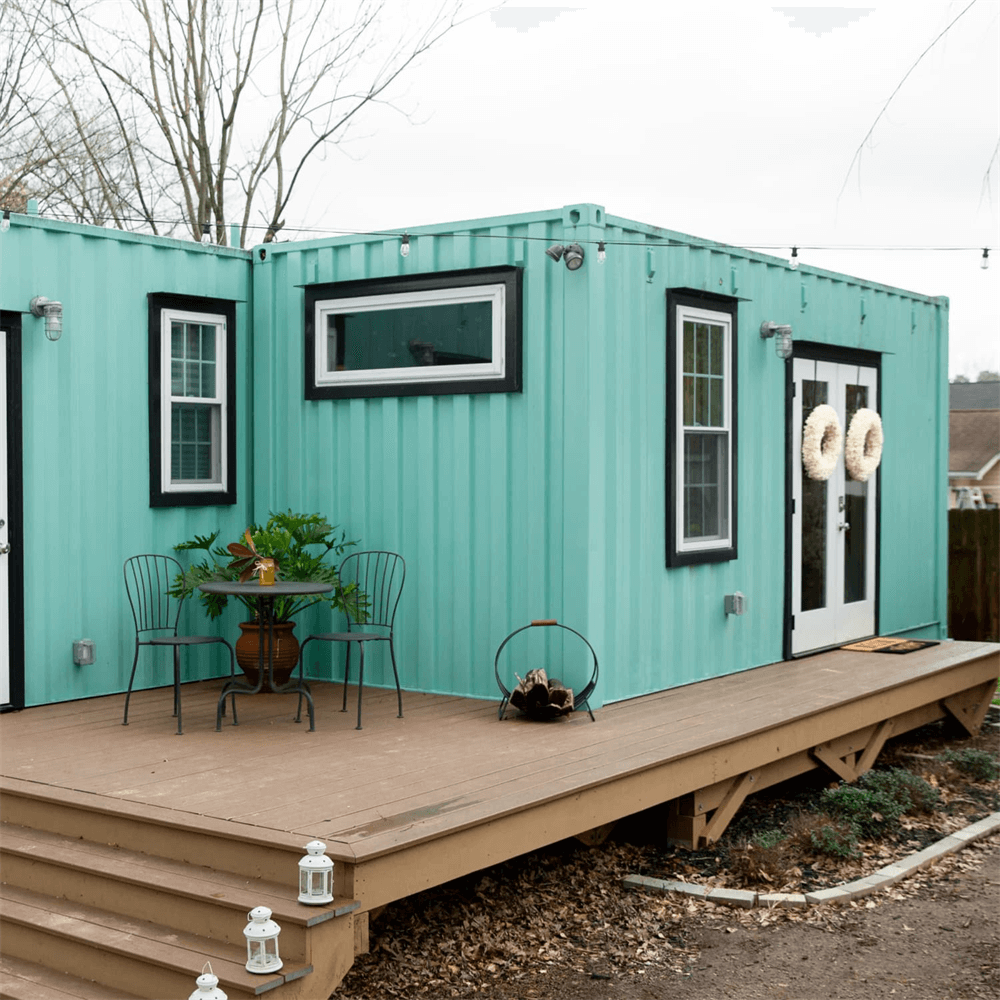
Depending on your specific circumstances, you may need to add additional steel on the bottom of the shipping container. Also, you will likely need to build metal framing around any cutouts, such as double-height ceilings or doors. Make sure you follow the design drawn by a structural engineer.
Another type of container foundation is a soil screw, also called a helical pile or pier. These systems are very flexible and can support an astonishing amount of weight. Soil screws can be a very efficient alternative to concrete or dirt, as they do not require any concrete or dirt to set. The soil screw foundation also allows for rapid loading and can withstand a surprising amount of weight. This foundation works by using the bearing capacity of the screw helixes and skin friction on the screw shaft.


